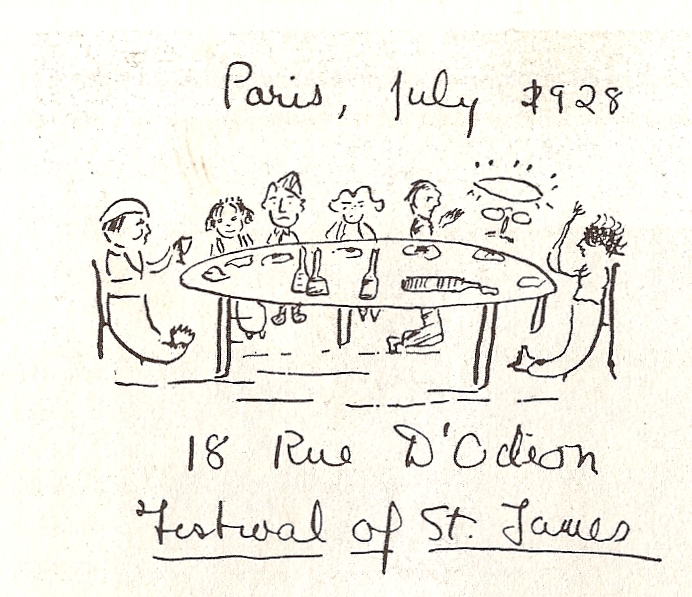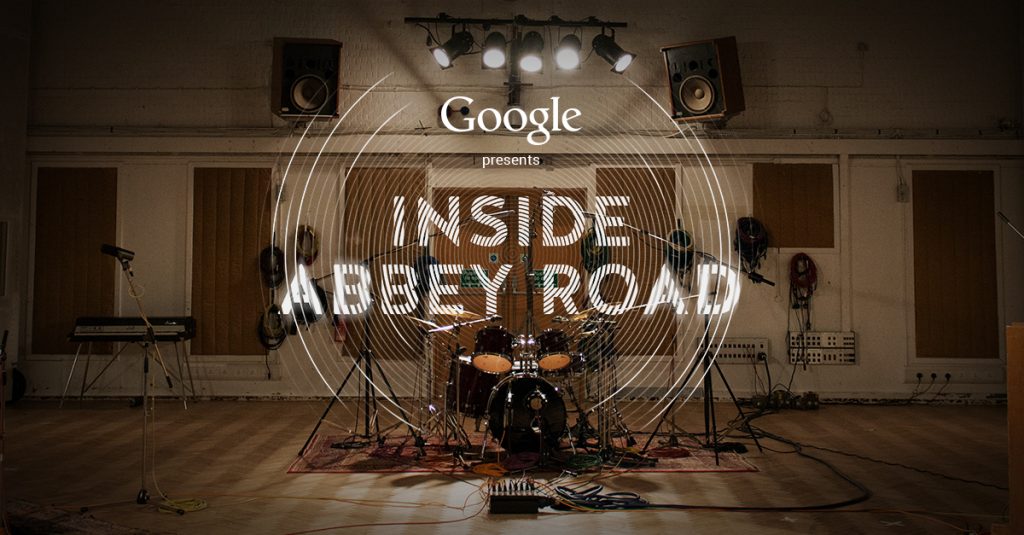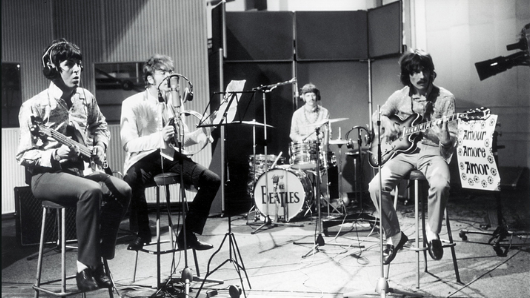Whether they consider it one of her most or least important works, fans of science-fiction writer Ursula K. Le Guin usually have a great deal to say about her best-known novel, 1969’s The Left Hand of Darkness. But it doesn’t matter to me whether a book has won a Hugo or a Nebula — and The Left Hand of Darkness has won both — or how many readers — and The Left Hand of Darkness has many — have slapped on it the label of “masterpiece.” No, I only get intrigued by descriptions like the one Wikipedia puts in its opening paragraph on the novel, which calls it “the most famous examination of sexless androgyny in science fiction.”
Among its many other fascinating qualities, The Left Hand of Darkness takes place on an alien world with no fixed sexes, performing a narrative “thought experiment” about what kind of society you might get when, depending on the circumstances, anyone might reproduce with anyone else. This unusual concept has drawn the attention of not only generations of readers but several different adaptors, most recently the BBC. They’ve always done a redoubtable job converting imaginative literature into radio drama — take their recent version of Neil Gaiman’s Neverwhere, or their classic one of Douglas Adams’ The Hitchhiker’s Guide to the Galaxy, considered by many fans better than the book. Now they’ve set their sights on Le Guin’s award-winner.
The first episode of the BBC’s Left Hand of Darkness has already aired, and you can hear it free online for about a month at the show’s site. (It runs almost an hour.) Episode two is now online here. You can get a taste of the production from the promotional video at the top of the post; the one just above gives a scrap of insight as to how Le Guin came to envision the novel’s world. Personally, I need no further incentive to tune in than that the series features Toby Jones, whose presence (usually in film) reliably indicates a just-askew-enough cultural experience. And if you still feel wary about engaging with any kind of science fiction, know that even Harold Bloom really, really liked the book.
Related Content:
Hear Inventive Stories from Ursula Le Guin & J.G. Ballard Turned Into CBC Radio Dramas
BBC Radio Adaptation of Neil Gaiman’s Neverwhere Begins Saturday: A Preview
Free: Isaac Asimov’s Epic Foundation Trilogy Dramatized in Classic Audio
1,000 Free Audio Books: Download Great Books for FreeColin Marshall writes on cities, language, Asia, and men’s style. He’s at work on a book about Los Angeles, A Los Angeles Primer, and the video series The City in Cinema. Follow him on Twitter at @colinmarshall or on Facebook.






